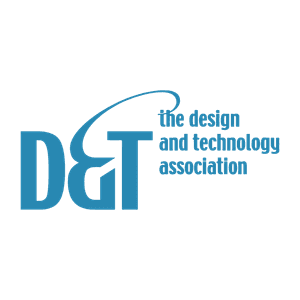Ocean Plastics
Cross-curricular | Ages 7-11
Ocean Plastics 7-11 is a cross-curricular unit of work encompassing science and geography which also develops skills in mathematics, citizenship and spoken language.
The unit addresses four key questions; what are plastics, where are plastics, what impact can plastics have and what can I do? These questions are answered by developing students understanding of properties of materials, living things, habitats and human and physical geography.
The unit explores the pros and cons of a variety of plastic products, investigates how plastic finds its way to the ocean and looks at what changes can be made on a local and global scale.
Students understand the complex issues surrounding oceans plastics through this units optimistic and innovative approach to challenging attitudes and behaviour.
You may wish to introduce ocean literacy to your students before commencing this unit, by teaching our short Oceans for beginners unit of work for ages 7-11.
Part of:
Common Seas Ocean Plastics AcademyIn this lesson students investigate the properties of materials and develop an understanding of why plastic is so widely used due to its versatility.
Students continue to develop their knowledge of plastics, including the different types of plastic, and get a chance to make some slime.
Students follow the life cycle of a plastic bottle. Using Google Maps, students track the journey of a plastic bottle during its lifetime.
In this lesson students discover some of the incredible uses for plastic and reflect on why single-use plastics have become unpopular.
Students are introduced to microplastics and ocean plastics and begin to understand how and why it occurs through investigating case studies.
This lesson sees students investigate how plastics get into the oceans and affect marine life.
The last two lessons in this unit challenge students to work collaboratively to create a campaign based on the 6 Rs.
Students review the success of their campaign and the impact it had on plastic consumption.
Students attempt to solve a problem by evaluating existing solutions and designing a more sustainable product.
Students review some alternatives to single-use plastics and plan, design and develop an idea for a sustainable alternative to single-use plastics.
In partnership with

Quality Assured by


Teach the goals


